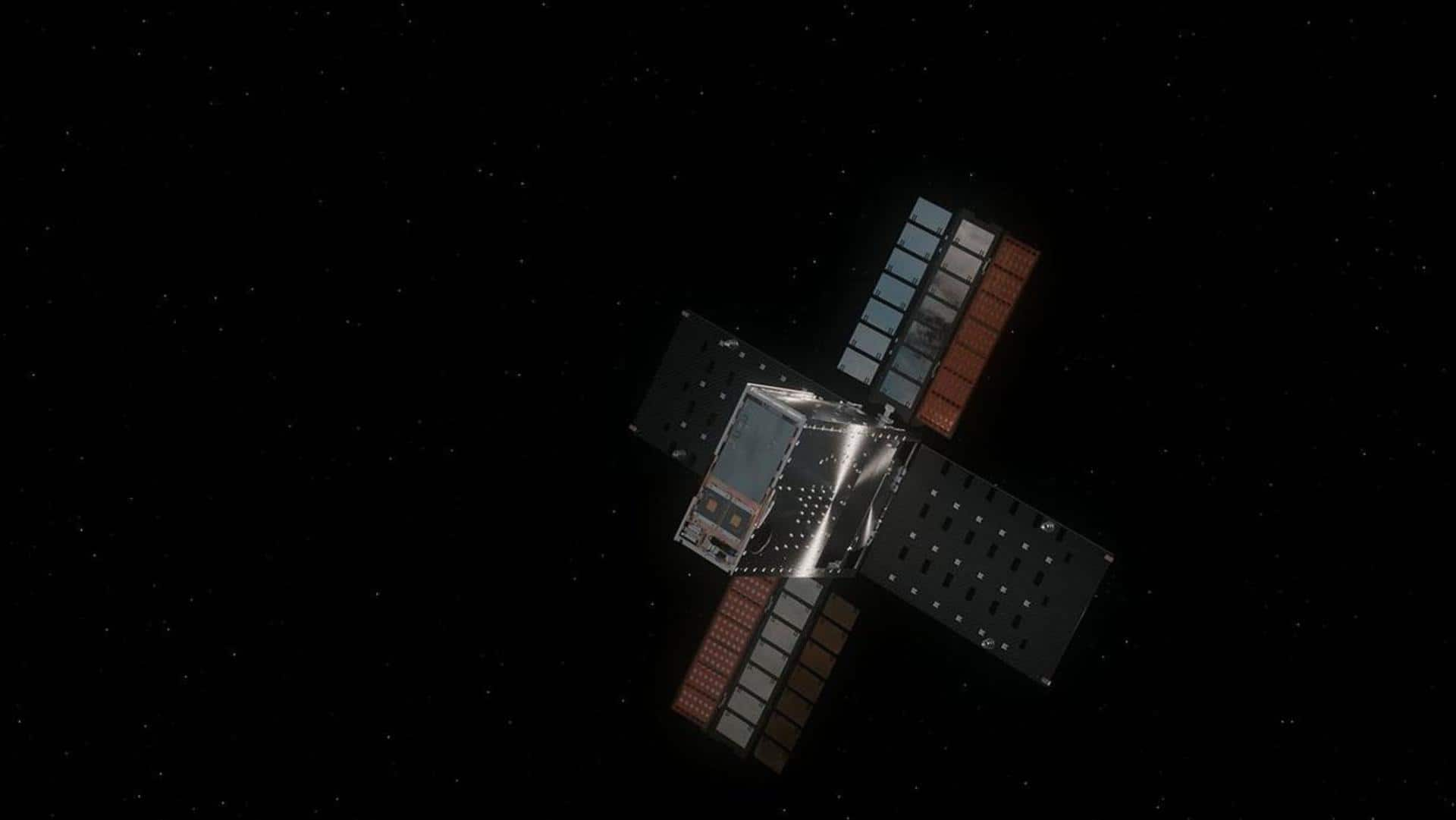
NASA terminates Lunar Flashlight mission: What went wrong
What's the story
NASA has terminated its Lunar Flashlight mission, which was designed to look for ice in the permanently shadowed craters of the Moon's south pole. The brief-case-sized satellite, which took off in December 2022, faced issues with its propulsion system that failed to provide the thrust needed to reach the lunar orbit. Let's take a closer look at what went wrong.
Context
Why does this story matter?
The team spent six months trying to fix the issue with Lunar Flashlight but to no avail, and NASA finally pulled the plug. Although the 14-kg CubeSat did not make it to the lunar south pole to hunt for ice, it does have a few accomplishments to its credit. The mission managed to carry out several crucial technology demonstrations.
Reason
There was an accumulation of debris in the propulsion system
Lunar Flashlight was equipped with a miniaturized propulsion system, the first of its kind. The satellite was unable to provide the required thrust because of the buildup of debris in the "thruster fuel lines" which prevented it from operating at full capacity, said NASA. The team tried to dislodge the debris by increasing the fuel pressure but that did not work.
Correction
The mission could not reach its target orbit
The spacecraft could not make it to the target near-rectilinear halo orbit, which would have allowed it to make "weekly flybys of the Moon's south pole." The Lunar Flashlight mission was supposed to make 10 orbits around the Moon during its eight-month-long primary mission. The CubeSat could not complete "maneuvers to stay in the Earth-Moon system," ultimately leading to its termination.
Officially
Lunar Flashlight was successful in terms of being a testbed
Technology demonstrations are "higher risk and high reward, and they're essential for NASA to test and learn," said Christopher Baker, program executive at Small Spacecraft Technology. "Lunar Flashlight was highly successful from the standpoint of being a testbed for new systems that had never flown in space before. Those systems, and the lessons Lunar Flashlight taught us, will be used for future missions."
Accomplishments
Take a look at some of the mission's accomplishments
Lunar Flashlight successfully tested the four-laser reflectometer, which implies that it would have been able to detect ice if it were present on the Moon's craters. The team was also able to gather a "lot of in-flight performance data on the instrument that will be incredibly valuable to future iterations of this technique," said Barbara Cohen, the mission's principal investigator.
Successes
The mission also tested an upgraded radio system called Iris
Among the successes of the Lunar Flashlight mission was also the Sphinx flight computer, a low-power computer that was designed to withstand the radiation of deep space, and the CubeSat's upgraded radio, called Iris. "Featuring a new precision navigation capability, the radio can be used by future small spacecraft to rendezvous and land on solar system bodies," said NASA.
End
The spacecraft will come close to Earth on May 17
Lunar Flashlight is not dead. The mission "continues to communicate with mission operators and NASA is weighing options for the future of the spacecraft." The CubeSat is moving back toward Earth and will fly past our planet, coming as close as about 65,000km on May 17. "The CubeSat will then continue into deep space and orbit the Sun," said NASA in a blog.